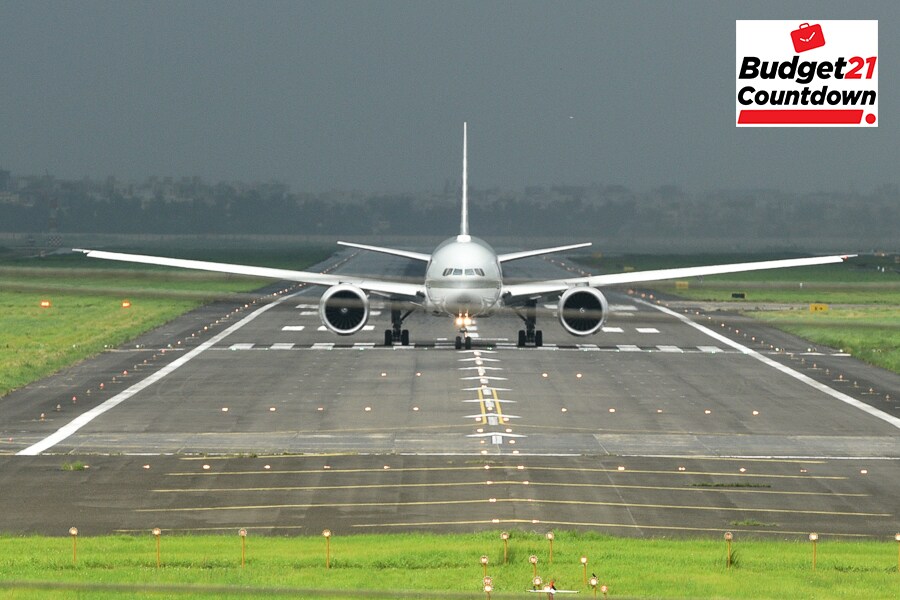
Can the Budget help India's aviation sector?
Reeling under losses due to the Covid-19 impact, the industry hopes for some financial help, and a reduction in levies and taxes, apart from removing the cap on fares
 Image: Samir Jana/Hindustan Times via Getty Images
Image: Samir Jana/Hindustan Times via Getty Images
It has been a tough year for India’s aviation sector.
Hit hard by the Covid-19 turbulence, it quickly went into a tailspin early in March 2020, with the sector seeing zero passenger movement for almost two months. Since then, the government has gradually raised the scheduled flight capacity, even as India remains the second-worst-hit Covid-19 country in the world. As of January, the government has allowed 80 percent of the capacity to be used by airlines, after starting out with 33 percent capacity at the end of May 2020 when it lifted restrictions following a lockdown.
While companies did pivot, and move towards movement of cargo to stay afloat during the period, the year had been largely lacklustre for the sector. This year, Indian airlines are expected to post a net loss of Rs 21,000 crore following travel restrictions amid the Covid-19 crisis, according to ratings agency ICRA, and will also require additional funding of Rs 37,000 crore from FY21 to FY23 to recover from the losses and debt.
IndiGo, the country’s largest airline by market share, had reported revenues of Rs 2,740.96 crore in the quarter between July and September in comparison to Rs 8,105 crore, a nearly 70 percent fall in revenues. SpiceJet, the country’s second largest airline, meanwhile, reported revenues of Rs 1,054 crore, as against Rs 2,845 crore in the same period.
“The debt levels will remain high for the industry and are estimated to be range-bound at around Rs 50,000 crore (excluding lease liabilities) in FY21 and FY22, with the industry requiring an additional funding of Rs 35,000-Rs 37,000 crore over FY21 to FY23,” Kinjal Shah, vice president, ICRA Limited, said in a statement.





